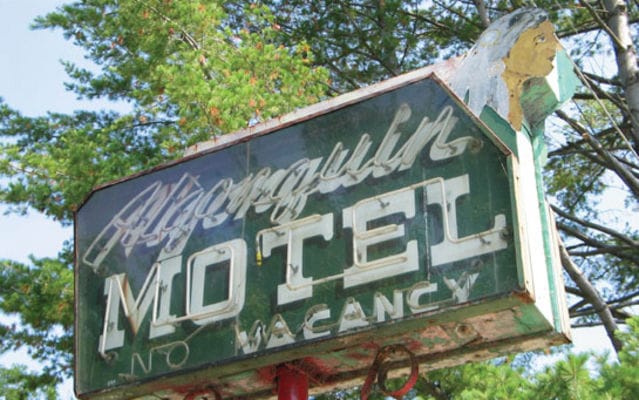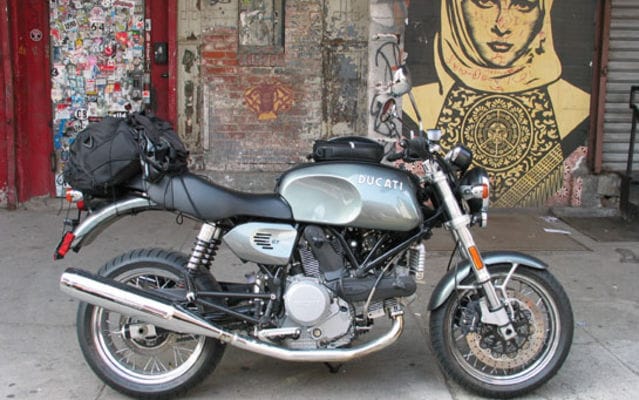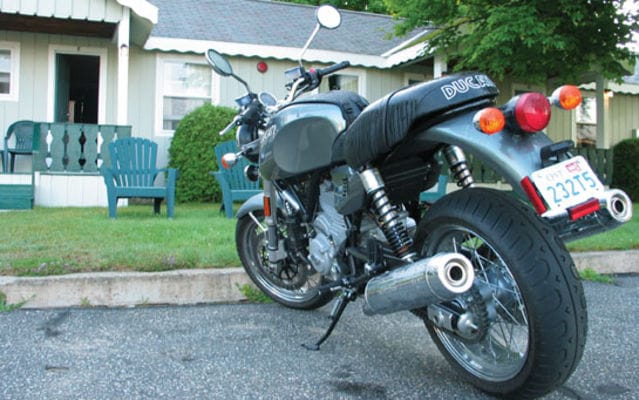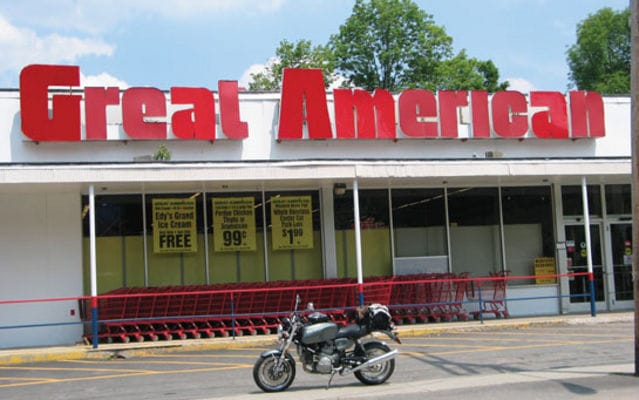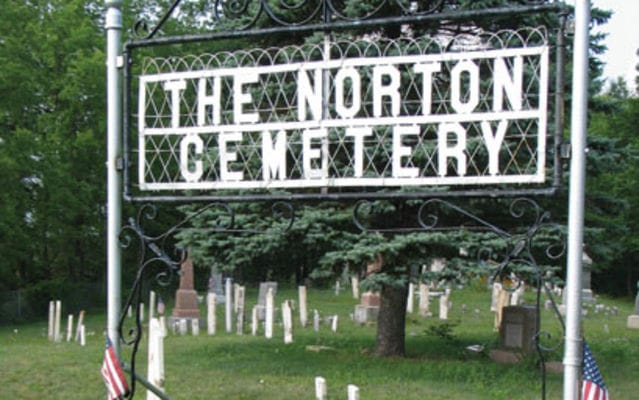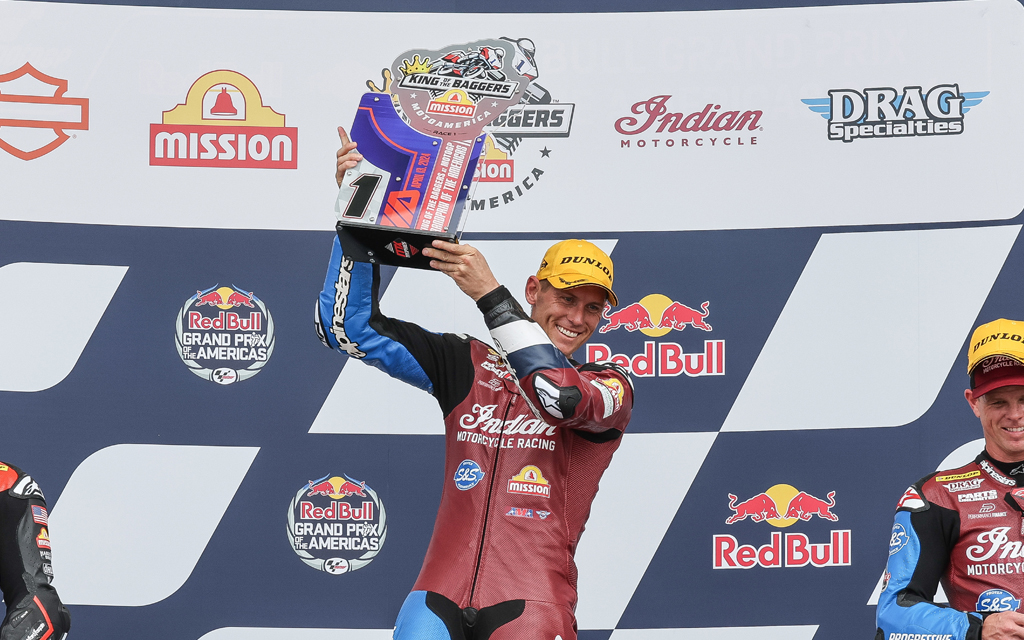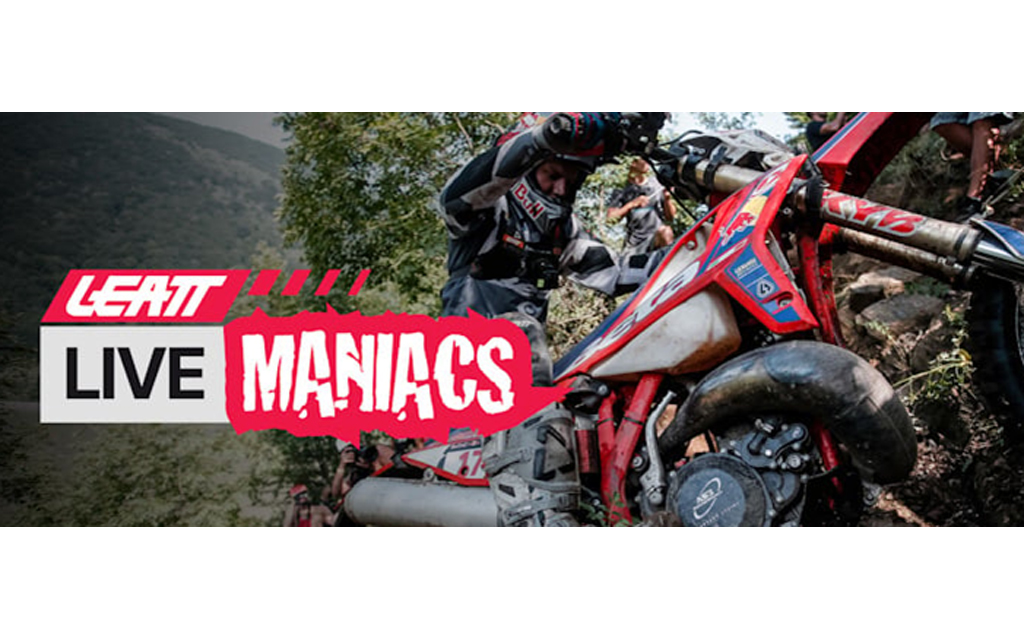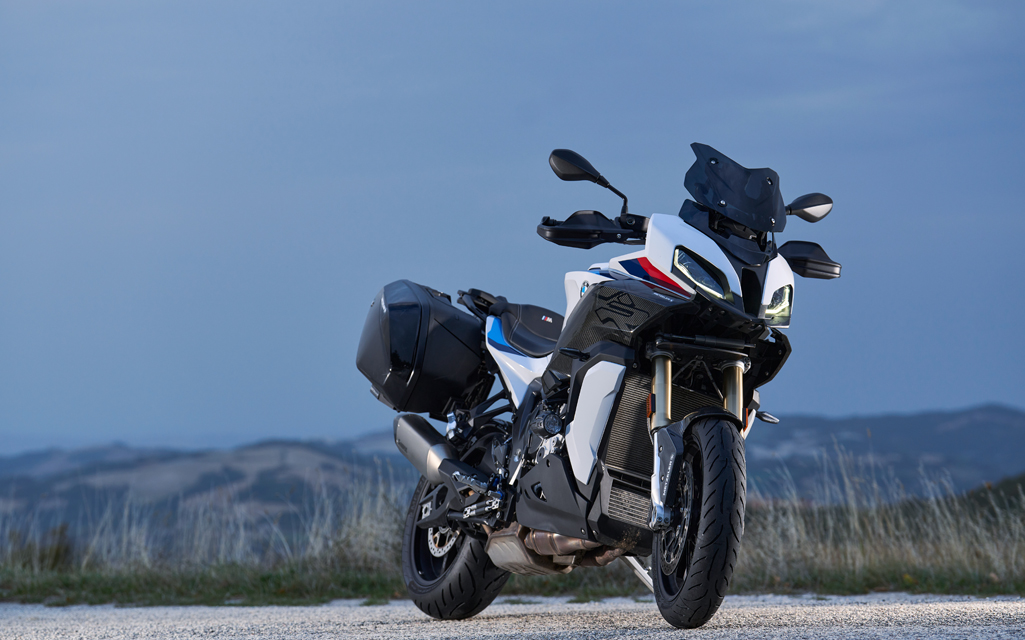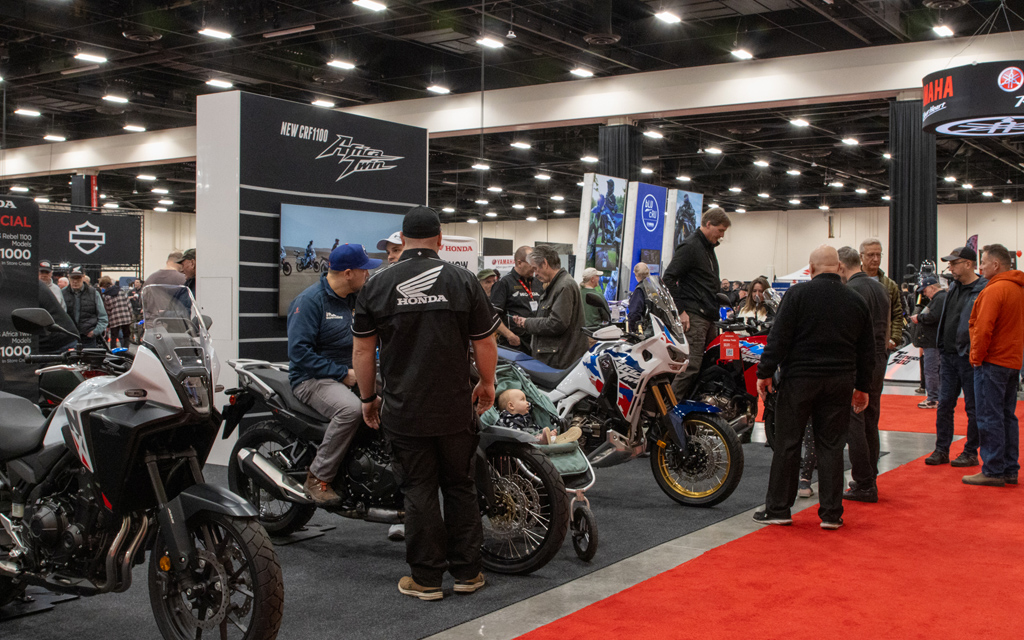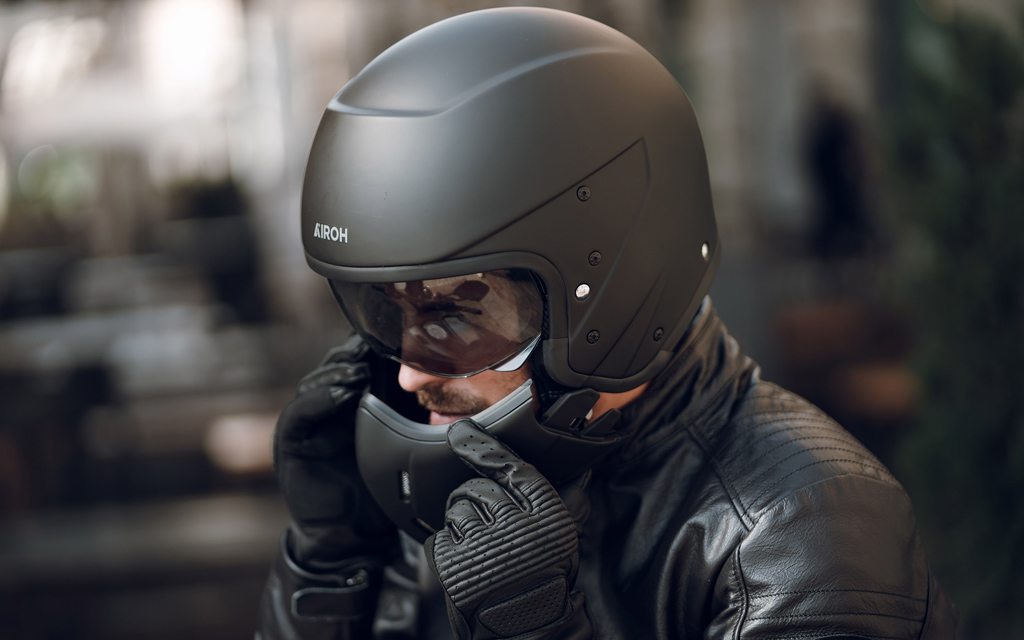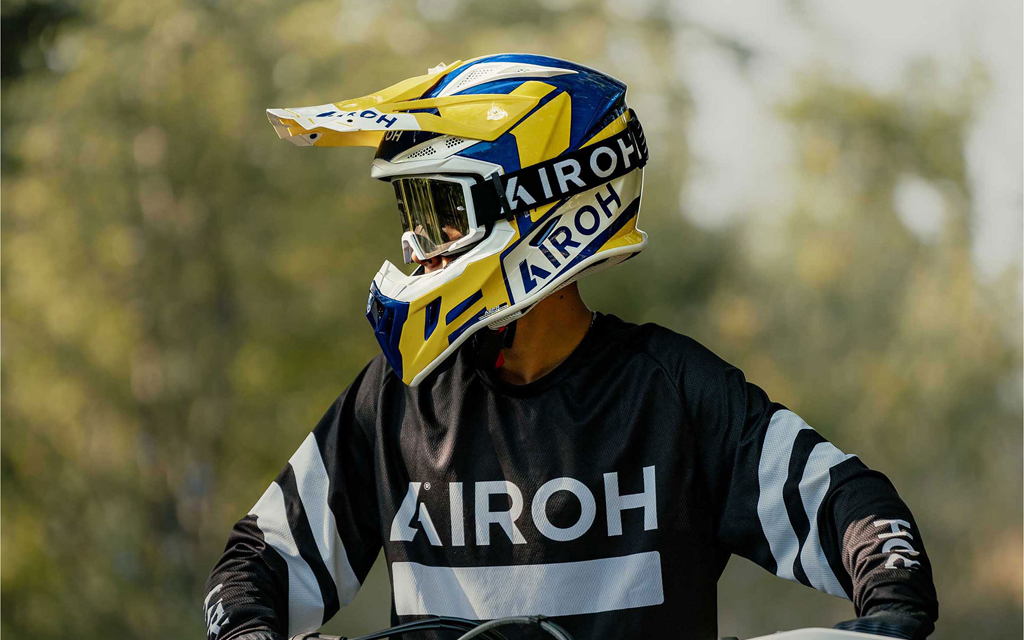I can’t remember what I said that provoked her to attack me with a knife, but I likely deserved it. My girlfriend in the summer of ’95 was D (the distinctiveness of her name prevents its disclosure) and we were near the end of a troublesome three years. For years after I believed that she hadn’t extended the blade of the yellow-handled craft knife because she meant no harm, but now I know it was only my high-school-darkroom habit of over-tightening lids, caps and thumbscrews that prevented the blade’s release.
As it was, her blunt-edged attack expertly struck the inside of my right wrist at the artery, and amid the panic as we rolled across the floor I remembered why I fell in love with her; there was no ambiguity in her emotions—she either adored me or wanted me dead. When finally we calmed, on this we agreed: she would gather her belongings and retreat to her apartment and I would go on a motorcycle trip.
We were an unusual foursome gathered on the front steps of my apartment, two good friends and a third, relative stranger, who lived in the building. I had my ’74 Norton, Derreck was riding a Honda Nighthawk loaned by a travelling friend, Martin had a Kawasaki EX500 and G (who shall remain G for the reasons D remains D), who lived one floor down, rode a 1980s Suzuki. I had owned the Norton for three years and was slowly working through its peculiarities. I had yet to cure a flat spot—a barely discernable hiccup—in the carburetion but became so adept at fettling Amal carburetors that I could move the flat spot expertly, finally settling on a position just above idle that a slightly higher idle speed allowed me to mask. The other problem was a clutch that dragged at slow speeds and slipped at high speeds, a seeming contradiction but consistent with the bike’s character—it sent you in opposite directions to cure a single problem.
I hadn’t set out to buy a vintage bike, but a ride on a friend’s Norton convinced me that I wanted the torque of a twin, and before copies of the 90-degree Ducati engine appeared in the VTR1000 and TL1000, choices were limited. I fancied something sportier than a Harley but newer Ducatis were too expensive and older ones too expensive to maintain. The wise thing would have been to buy a Japanese four, but the Norton sounded so fabulous, midway between a Harley and a Ducati with a tone deeper than other English parallel twins. In its sweet spot between 60 and 90 mph it was as charismatic as any bike I’ve ridden, and as I strapped a bag to the rear of the seat I hoped that charisma would translate to enough longevity to take me through New England to the coast of Maine and back.
It wasn’t until we reached Kingston that I noticed something was amiss. While passing cars, power was softer and the normally crisp exhaust note muted. When after clearing US customs it refused to start, I pulled a sparkplug and was met by a sooty black mess, when normally it was the tan of a nicely burnished saddle, just like the manual said it should look. Spare plugs got me the 50 miles to the NAPA in Watertown, NY, but it had begun to misfire as I pulled into the parking lot. I bought the last six sparkplugs of the correct heat range and disassembled the Norton in the parking lot. Off came the tank and carburetors, and Martin wiggled wiring connections in search of trouble. Everything seemed fine, yet things were not fine. Somebody said that we should turn back, but what had I to return to?
Six sparkplugs lasted until mid-morning of the next day, and cleaning them was no help—once they were black they were done. At a folksy auto store in the Adirondack Mountains I asked the man at the counter to give me every sparkplug that would fit. I didn’t care about brand or heat range or intended application. Right there at the counter I pulled the cellophane and cardboard wrappers off more than 20 spark plugs and then stuffed them in the pockets of my jacket and pants, and then onward we went, in 50-mile legs. I could swap in fresh plugs in less than a minute, and only twice did I burn my hands, and only once seriously.
“Your voice sounds like wind,” D said when I called from a pay phone outside a New Hampshire motel. I lowered myself down and sat on the floor of the booth to escape moths the size of bats hammering on the fluorescent tubes. We had argued and debated and squabbled in our relationship over everything, from which flowers to plant on the windowsill to which wall the sofa should rest against. If we agreed on something we would quickly seek a new topic to find disagreement. But we had finally run out of things to fight about and reasons to fight about them. It was over.
“I sold everything in your apartment in a yard sale,” she said, “except for the good stuff, I gave that away.” When D and I got off the phone I began to dial the number of a friend that lived upstairs in my building—I wasn’t convinced that the yard sale comment was just a quip—but midway through dialling I hung up. What was the point of knowing? What revenge could I seek from a New Hampshire pay phone? I had said before that I’d like to burn everything and start with nothing. Maybe this was the time.
To Maine and then home we went. G turned out to be a very curious fellow. He would withdraw just enough money daily from bank machines to see him through the day, and would only buy gas from BP stations, but I couldn’t say anything, I had issues of my own. The Norton ran consistently poorly the entire time, fouling a set of plugs every 40 to 60 miles. When I returned home, to an apartment that still contained my belongings, I disassembled the Norton before the engine had cooled. I laid the wiring harness on my kitchen table and with the wiring diagram and a multimeter tested every wire. And then I found it, a ground wire that wouldn’t complete a circuit. The connection where it mounted to the frame, the spot where fractures usually occurred, was fine. But when I tugged slightly there was no resistance and six inches of bare wire withdrew from its sheathing. I threw the harness in the garbage and shoved the Norton to the rear of my rental garage. Now that D was gone I planted the flowers I wanted, moved the furniture to my liking, buried my nose in Chekhov and Nabokov and lost interest in what I’d done and who I’d been before.
We navigate through our days like a housecat negotiates a familiar room. Repetition has taught them the location of table legs and doorframes, and we, too, weave in and out of co-workers and family members in the cat’s stupor, oblivious to the brief flashes of beauty that flit like fireflies amidst the everyday. Travel strips us of familiarity. Instincts awaken, we no longer rely on habit, we must engage, interact, understand, which is why memories from travelling remain vivid, even years later. But memory cannot be trusted. Each time we summon a memory we remember it a little differently, diluting its purity, adopting inaccuracy as fact.
My conversation with D from the phone booth, if not quite the beginning of a sea change, was at least the point where I began to wonder if knife attacks had more to do with immaturity than passion. The phone booth, or more specifically the view out of the phone booth, has in the years since become a calming tableau that I continually re-imagine. I remember the not-quite-black sky silhouetting a faded motel sign, the broken neon half-lit in abstraction humming and snapping like a chorus of arc welders. The motel itself sits dark and low, blue from television screens flashing behind pulled window shades. A moth clings to the side of the Norton’s fuel tank, a winged addition to its logo, and the bike looks light and lithe, just how a motorcycle should look.
I rummage through the garage and find the exact map that I used 12 years ago, and with wife and child asleep I carefully unfold the stress-torn guide to the New England states onto the kitchen table. The route is even highlighted. I’m going to go and find that phone booth. Sadly, the Norton requires more attention than I have time to give it, so I take a Ducati GT1000. On a bike with luggage the tendency is always to drag too much stuff, so I don’t mind that the tail pack strapped to the Ducati forces me to pack like a fugitive in flight—toothbrush, pants, a few shirts, underwear.
In Lake Placid, New York, I stand in a queue to buy ice cream, and talk with two guys in their mid 20s on GSX-R1000s, who, like me, are riding to catch the ferry across Lake Champlain to Vermont. When we leave town we fall in together, and what at first is a sport-touring tempo turns into a flat-out 40-mile sprint. They may have the power, but I have the experience. We’re going at the standard European press-launch pace, and though I know they’re trying to shake me, I won’t let them go. When we come up on a semi truck going uphill they slow but I sail past on the double yellow and they follow, and I hold them off until they get me on a long straightaway. At the ferry I’m complimented on my “sick” move that got me past the truck, and the more talkative of the two, after a long look at the Ducati, says, “I thought that thing was a cruiser.”
From Burlington, Vermont, I continue alone east toward New Hampshire. I’m still invigorated by the high-speed ride, but it’s a pace that requires too much concentration and is too dangerous to be maintained for long. I’m happy to slow and satisfied to trudge along behind half-tons and minivans. It is late afternoon by the time I reach the motel we stayed at in 1995. The paint on the building is new but the neon sign has been removed, replaced by a hideous fluorescent-lit sign that sits on a trailer. The phone booth remains, though the phone itself is ripped out, a likely victim of cell-phone proliferation. I step inside but can’t reconcile the view though the filthy windows with the majestic images that have long filled my head. Looking in the direction where the night sky silhouetted the neon sign, a McDonald’s billboard looms above the sign rooms daily weekly phones HBO. The phone booth is closer to the motel than the perspective I have in my head, and I remember a building surrounded by tall trees, when what I see now is just hardscrabble brush.
On the tank of the Ducati I unfold the map, where a yellow highlighter has scribed a line to be followed all the way to the sea. But I don’t follow anymore, instead choosing a route through the mountains that I’ve never ridden. As soon as I’m on unknown roads my mood lightens—no longer am I trying to recognize what I’ve seen before. I stop for the night in a beautifully maintained ’50s motel. The neon sign flashes in five colours, they serve espresso in the diner, the beds are new. I sleep and wake to a cool wind, and walk up a trail behind the motel to a lookout over a valley, where rain showers lie black on the horizon. It’s time, I think as I walk down to the diner for breakfast, to dig out the Norton when I get home—it’s the only thing from 12 years ago worth another look.
Ducati GT1000
Ducati’s SportClassic range, meant to emulate the firm’s bevel-drive 750s from the 1970s, has been a hit, with one exception—the $12,995 GT1000. Where the sportier SportClassics have captivated buyers, the low-key GT1000 has been ignored, but it’s the best of the bunch. While the other models in the range are undeniably macho, they are also inexcusably uncomfortable. High pegs and low clip-ons are absurd on a bike powered by a flexible, grunty, great-sounding and anything-but-temperamental engine. Italian in origin, yes, but Ducati’s twin-sparkplug, two-valve, air-cooled 992 cc twin is the small-block Chevy of motorcycling.
I learned to think of the GT as a pickup with a great engine—you don’t sacrifice performance for practicality. Down low, its vibes tingle the soles of your boots, but it smoothes by 3,000 rpm and is happiest at 4,000—6,000 rpm. Often when I rode it I thrashed it, but sometimes I pottered along with a passenger, and either way it worked just as well. I rode it 800 km one day in comfort; the unusually broad seat is extremely comfortable by most standards and freakishly luxurious by Ducati standards. The brakes are good, it looks well bolted-together, and the engine is proven and reliable. I don’t buy its retro looks, though, and the absurdly huge clearance between the rear tire and the fender look, to me, like a glaring design oversight. But don’t let that dissuade you. Lots of motorcycles are ugly, and you’d have to throw it off a rock cut before it would look as disjointed as a V-Strom. Buy it instead as a standard that has a good shot of brio behind its middle-age pallor.
